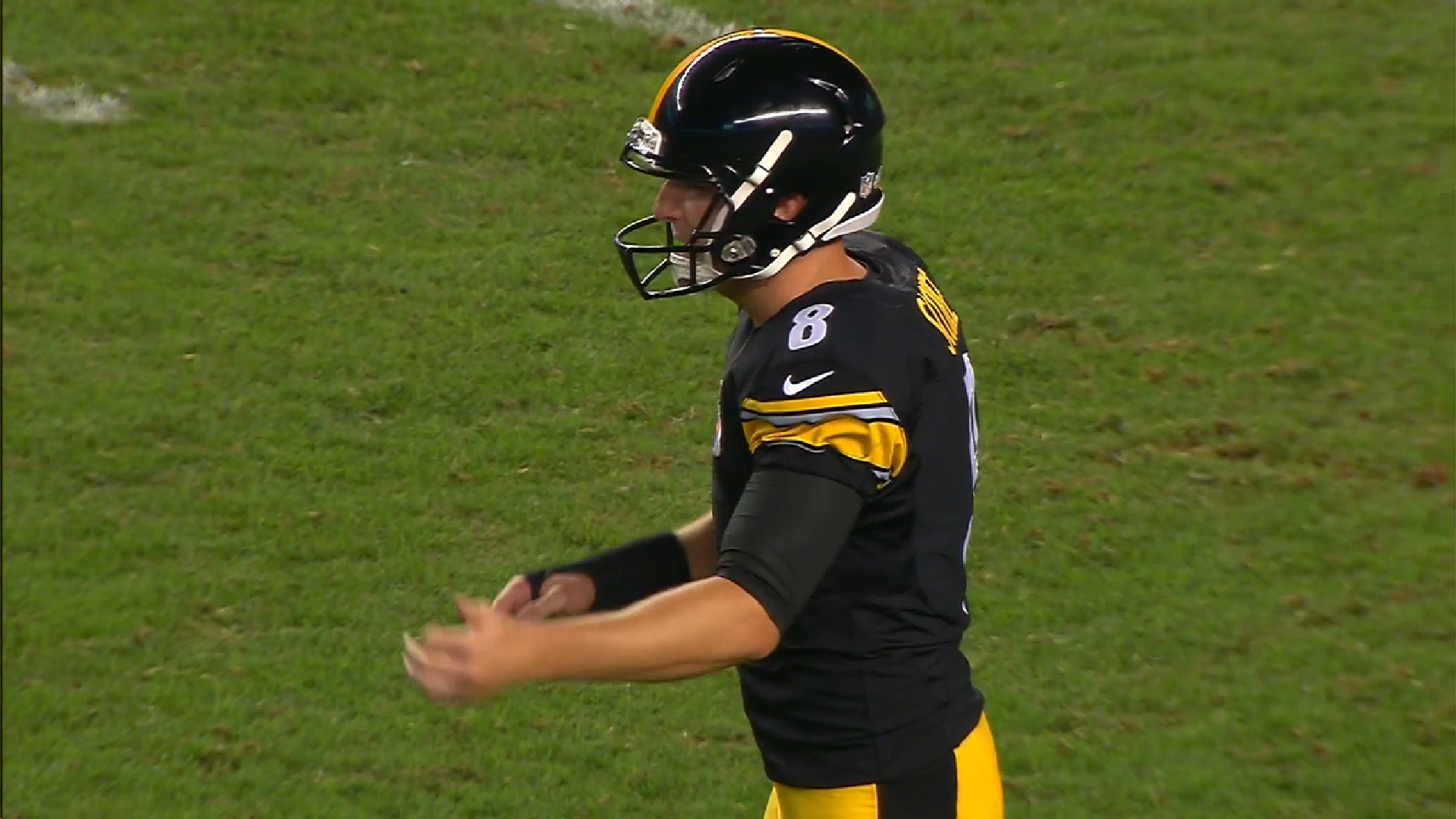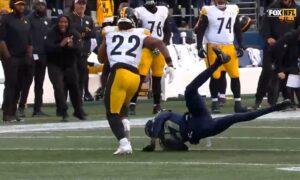When all was said and done, the Pittsburgh Steelers came away from the 2016 NFL Draft having added seven players through their selections, but they didn’t come by them purely through their natural draft picks, and that proved to be a bit of a hindrance to them, a reflection on two 2015 pick-for-player trades that did not yield the results hoped for.
When the Steelers learned that Senquez Golson would miss the entire season, they traded their fifth-round draft pick for Brandon Boykin to take his position on the roster. Later in the preseason, as they struggled to find a healthy kicker, they gave the Jaguars a sixth-round draft pick to acquire Josh Scobee.
Although the team got back on draft pick early in the seventh round when they traded punter Brad Wing to the Giants, and were awarded a late-sixth-round compensatory selection for the free agent loss of Brice McCain, the end result was that they had a dearth of selections nearly 100 spots wide from the end of their late-fourth-round pick all the way to the 45th selection in the sixth round.
The Steelers selected tackle Jerald Hawkins with the 123rd overall selection in the fourth round, but they had a long—hours long—wait before they had the opportunity to choose another player with the 220th overall selection. And the wait itself was not the issue, of course, but rather all of the players that they had no access to in the interim that could have helped the team.
As Steelers general manager Kevin Colbert acknowledged after the draft, the Steelers did look into trading back up into the fifth round in order to draft a player, but they were unable to find a suitor, and when many of the players that they were potentially pursuing in that portion of the draft were selected, they had to abandon their efforts.
Of course, they had little ammunition with which to persuade other teams, as their sixth-round selection, a compensatory pick, could not be moved, and they only had two additional picks in the seventh round. Reports were that they were willing to deal a future draft pick in order to move up, which requires an inflated investment due to the wait involved in actuating the pick.
Running back was evidently one of the positions that the Steelers were hoping to address during the draft based on the value that remained on the board, but that quickly evaporated in the nearly 100 selections between their fourth-round pick and their compensatory selection in the sixth round. It did not help that they had no safe opportunity to trade back for more picks earlier in the draft, particularly in the first round.
All of this perhaps could have been more palatable had the Steelers gotten more for their resources during the 2016 season, especially when it comes to Scobee, who was released after four games and had a disproportionate cap charge. While Boykin ultimately played a big role in the secondary late in the season, it took most of the year for it to happen, and his one-year veteran-minimum deal in free agency will likely yield them nothing in the compensatory formula next year.








